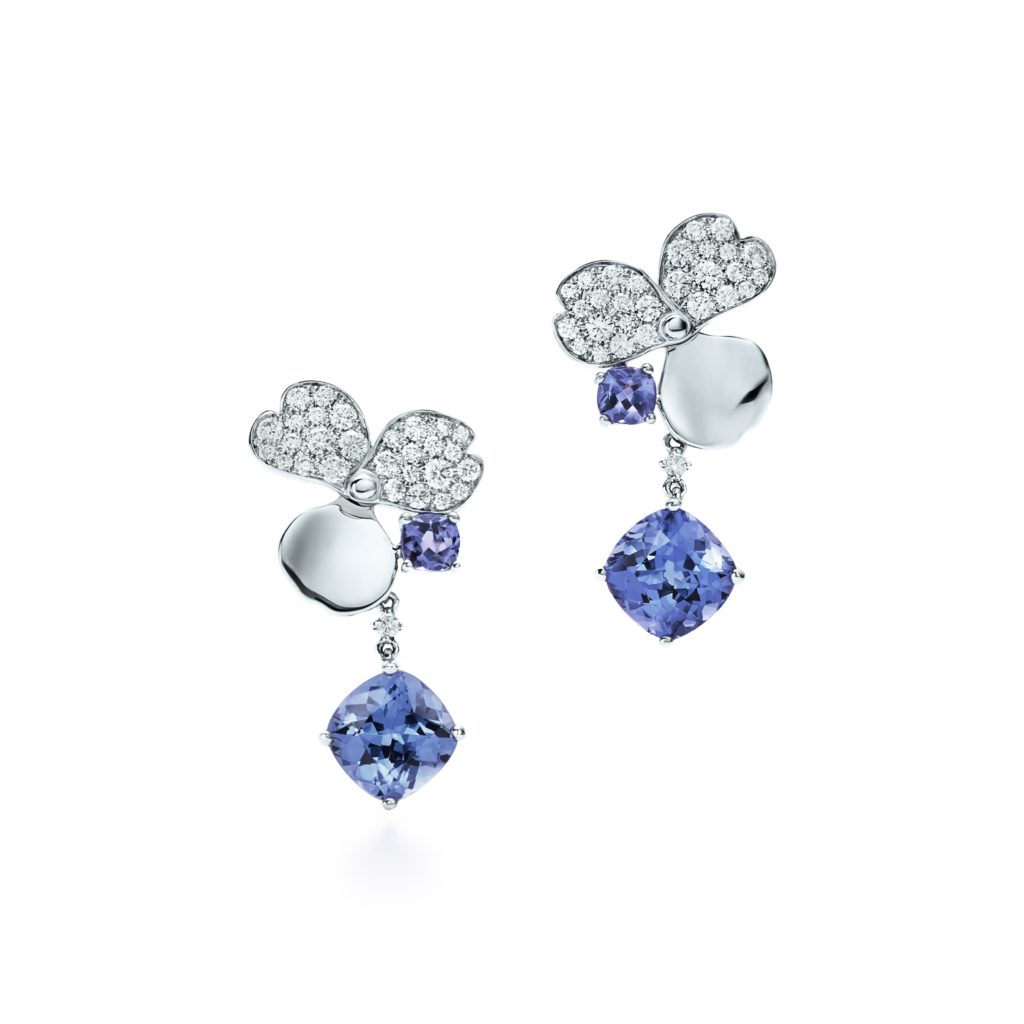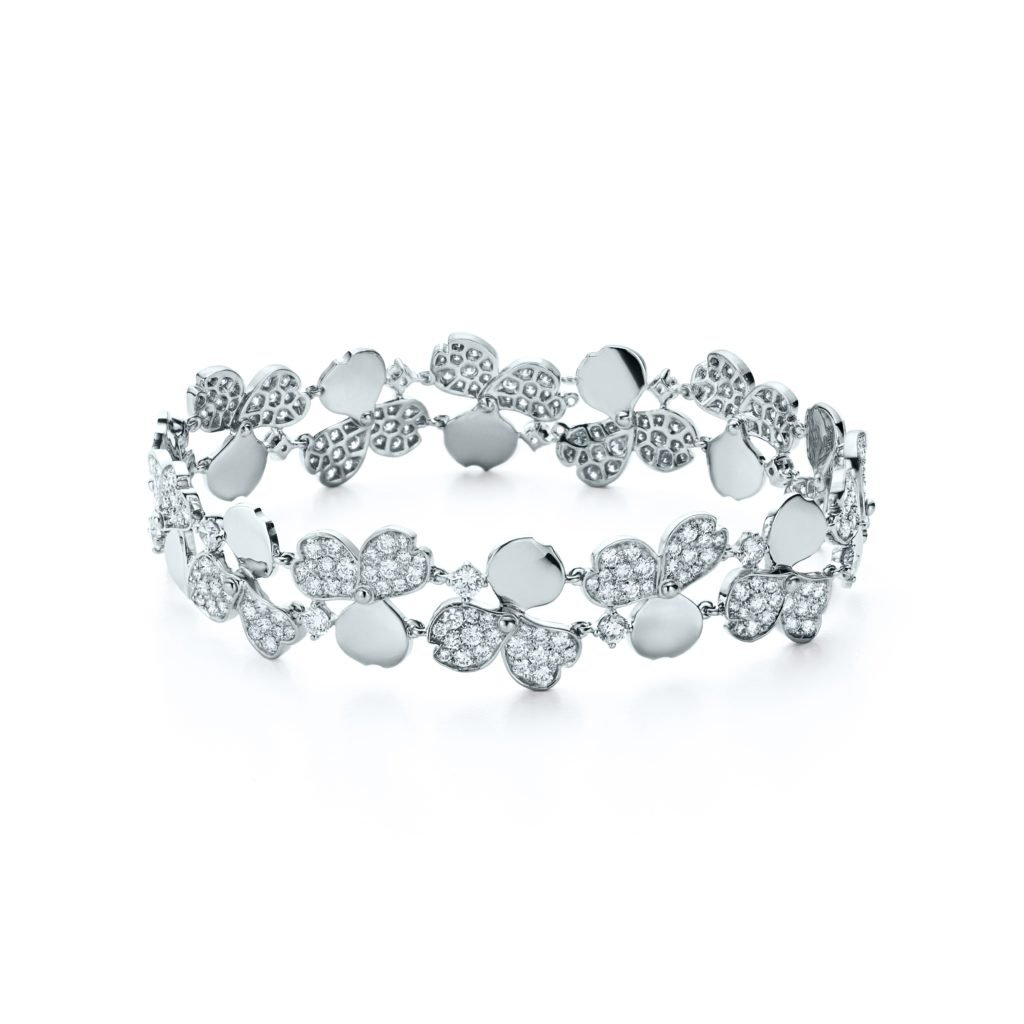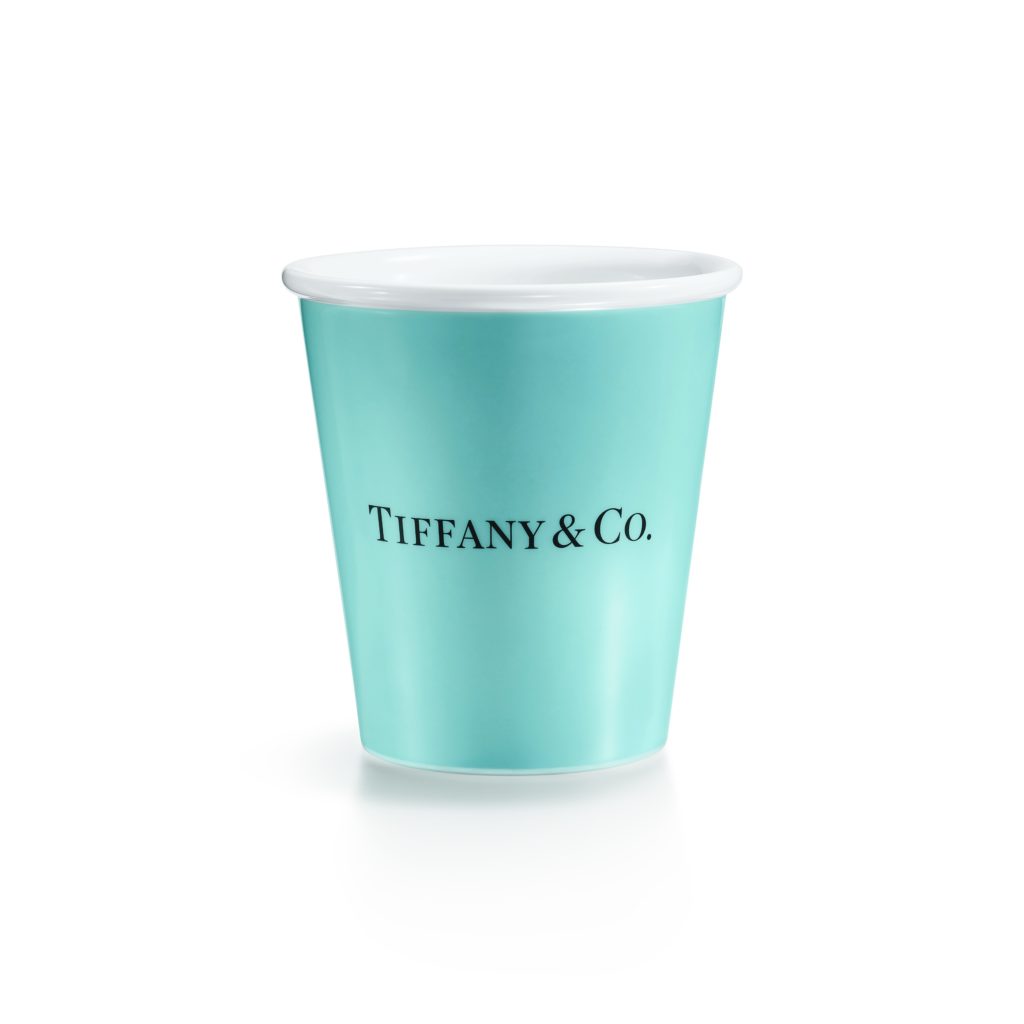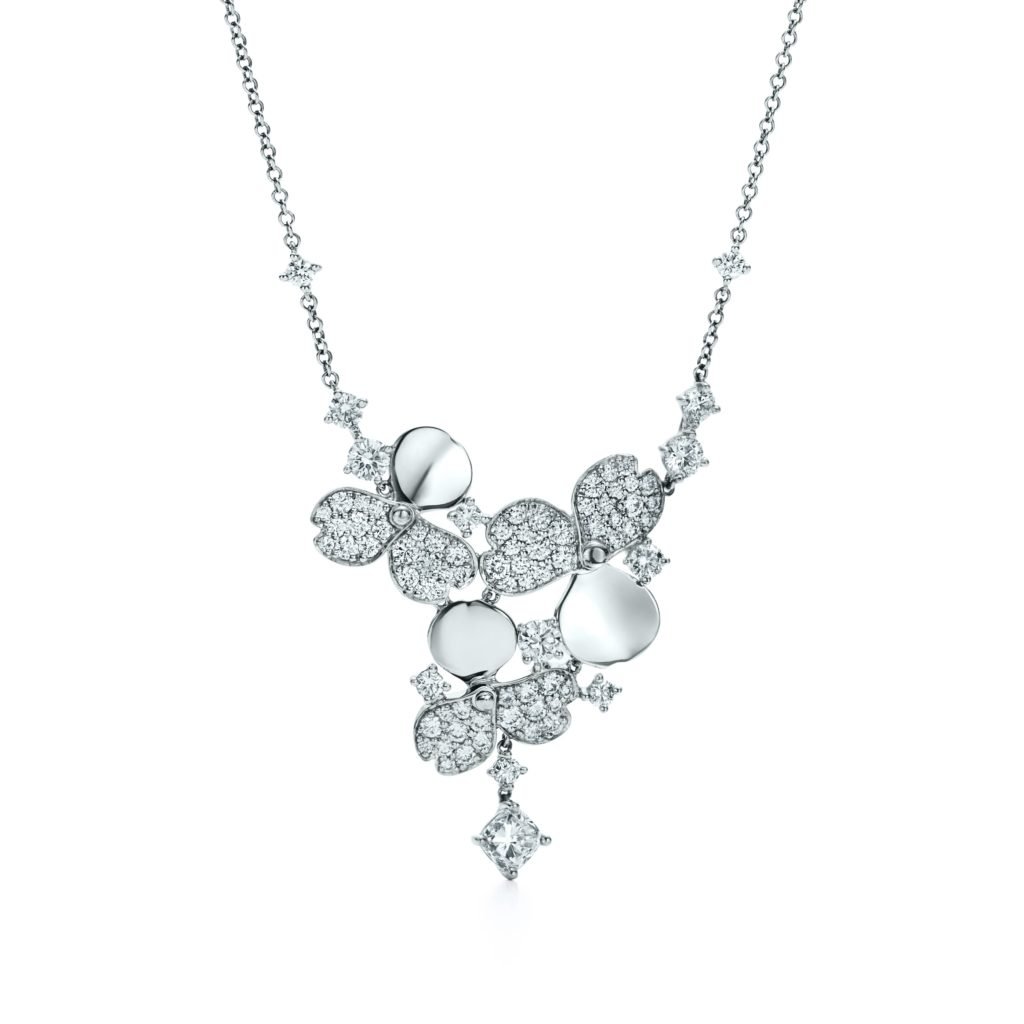People
Can a Paper Flower Make for the Finest Jewelry? Tiffany & Co.’s Reed Krakoff Discusses His Witty New Collection
We spoke to Tiffany's chief artistic officer about his first foray into jewelry design for the storied American luxury brand.

We spoke to Tiffany's chief artistic officer about his first foray into jewelry design for the storied American luxury brand.

Nan Stewert

When Reed Krakoff joined Tiffany as chief artistic officer last year, he came into the job with a mission: to let people know that the storied American luxury brand, long synonymous with swoon-worthy engagement rings and celebratory life moments, also has a playful, irreverent, even wisecracking side.
The first realization of this vision came in the form of the Everyday Objects home decor collection, for which Krakoff—previously executive creative director of Coach, and an energetic collector of contemporary art—combined Tiffany craftsmanship with a Pop-art sensibility, creating covetable sterling-silver versions of tin cans, crazy-straws, and other quotidian odds and ends. Now, for his first jewelry collection for Tiffany, Paper Flowers, he has taken this sense of whimsy to an even higher level of refinement.
Inspired by the kind of cut-out paper flowers that conjure youthful memories of arts-and-crafts class, the collection marries the charmingly unassuming form with the most extraordinary materials—diamonds, platinum, rare gems, and more. To learn more about the thinking behind Paper Flowers, and how the collection fits into Krakoff’s master plan for Tiffany, we spoke to the chief artistic director about his breakthrough jewelry moment.

A bracelet from the Paper Flowers collection. Image courtesy of Tiffany & Co.
Where did you get the idea for using the homespun, heartwarming, and relatively humble form of the paper flower as the inspiration for your new collection? What about the paper flower appealed to you as a subject for refined jewelry?
The inspiration behind Paper Flowers was the concept of combining the organic and feminine as seen through a modern, graphic lens. We wanted to create a juxtaposition that makes the familiar feel new again and started with the idea of a flower, cut from paper—the perfect pure canvas where anything is possible.
Paper Flowers is an exciting twist on the Tiffany tradition. How would you say the collection relates to the company’s history, and how does it chart new terrain?
Tiffany has always embraced the beauty in nature, and rendered nature’s forms in different ways. We’re beginning a new chapter of creativity, maintaining a reverence for the past but at the same time bringing excitement and surprise so that people consider us in a new way.
Tiffany is famous for its elite craftsmen who work out of the company’s hollowware shop in Rhode Island. Were there any technical challenges that you encountered while bringing your vision into reality that they had to solve?
Most challenging was the timeframe for the Paper Flowers collection, which was incredibly tight. Thanks to the extraordinary team at Tiffany, we were able to create a major collection with an important story in a very short time.

A porcelain “paper” cup from the Everyday Objects collection. Image courtesy of Tiffany & Co.
Your recent Everyday Objects collection of silver paper plates, coffee cups, and paperclips had a sense of humor and playfulness that recalled Jeff Koons’s ballon-animal sculptures. Are there any particular artists who you look to for inspiration time and again?
The legacy of Tiffany is a constant source of inspiration. This contrast of precious and simple is a deep part of our heritage, specifically in relation to [longtime Tiffany artistic director] Gene Moore’s windows, from a diamond sitting on a bed of sand with a toy steam shovel to a strand of pearls that had come undone. There’s something very casual and offhanded about that, which I think is inherent in American design.
How do you see the kinds of objects that Tiffany creates as similar to contemporary art, and how would you define the distinction between the two genres of creativity?
There are similarities in the design process, since both entail shaping your designs in a way that is both new and viscerally desirable. It’s always important to connect designs with a narrative context so that you’re not making something that’s just pretty but also has intrinsic meaning.
What was the company’s aim in sponsoring the Whitney Biennial, and what was the most satisfying aspect of the partnership?
Tiffany & Co. has a long history of supporting the arts that dates back to its founder Charles Lewis Tiffany. The partnership brings together two American institutions whose founders were dedicated to arts and the pursuit of originality. Today, we continue to celebrate innovation and creativity, and it’s been gratifying to support emerging artists.

A necklace from the Paper Flowers collection. Image courtesy of Tiffany & Co.
What role do you want Tiffany to occupy in the popular culture under your leadership? How do you want people to think of the company?
I want people to think of Tiffany as a destination to discover timeless jewelry and objects with a little irreverence and surprise.
Where are you looking for inspiration now for your next collection?
What interests me is stripping away all of the rules associated with fine jewelry and the idea that luxury doesn’t need to be formal. I want to create beautiful things that people want to wear and live with every day.